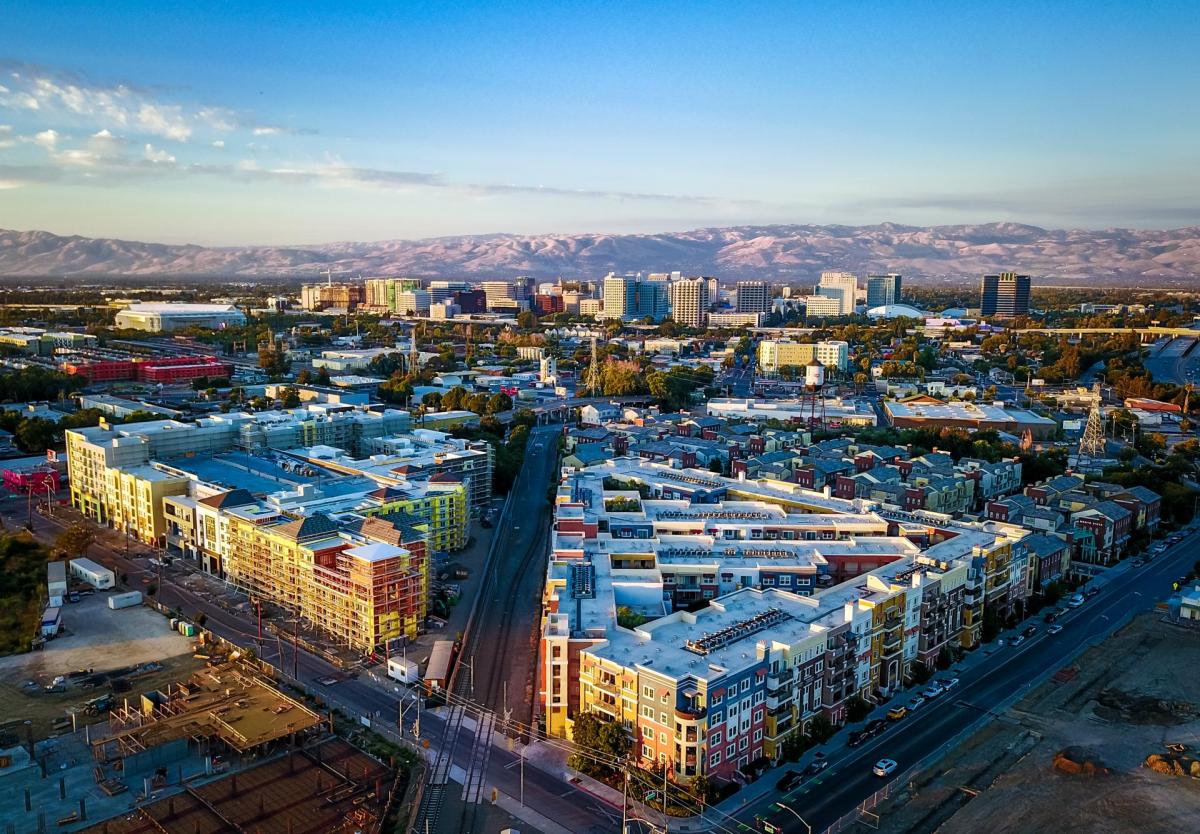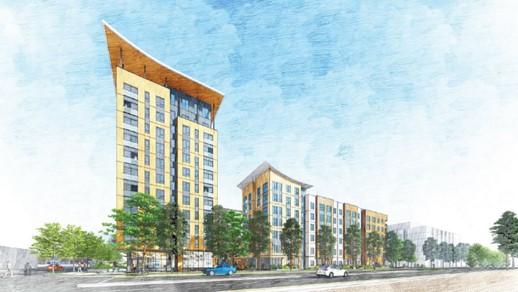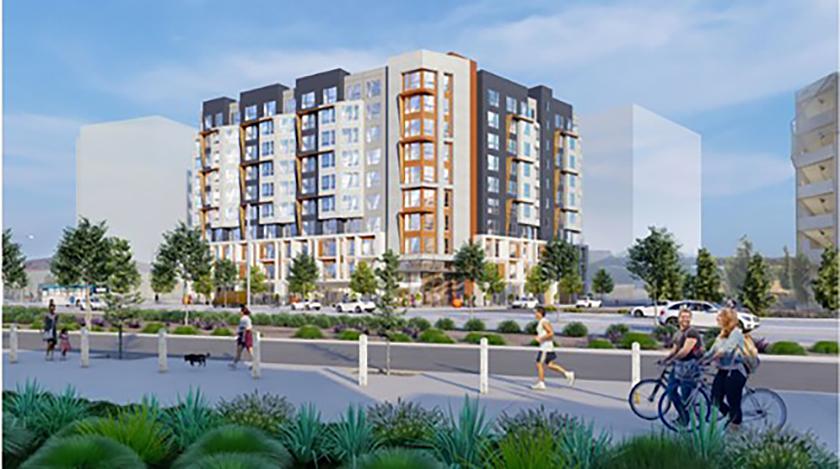2024 brings optimism and pessimism alike for affordable housing
Rob Wilkins is vice president of Affirmed Housing’s Northern California region. He can be reached at rob@affirmedhousing.com.
Californians consistently cite a lack of affordable housing as one of their top concerns. Yet each year, the state falls further behind on its own housing production goals. There are simply not enough new affordable homes — especially for low-income individuals and families — even though California’s population is declining. In some respects, there is little reason to believe this pattern will change any time soon. But there are also reasons to be optimistic.
The challenge
Inflation, high mortgage interest rates, and other headwinds will likely continue stalling the development needed to meet the state’s affordable housing goals. Higher population centers will need to lead the way by adding a higher proportional share of new homes. The Bay Area alone needs to add over 180,000 new homes for individuals and families with low- and very-low incomes.
These homes are desperately needed by the most vital members of our communities: teachers, nurses, and service workers. The cost of housing frequently outstrips wages, even in areas where the average wage is far higher than the national average. In Santa Clara County, for example, a low income is less than $101,100 a year for a family of four. A very low income is less than $84,250 a year for a family of the same size.
To achieve the state’s affordable housing goals, cities and developers need to prioritize building within existing urban and suburban areas. This is largely due to necessity. In the Bay Area and elsewhere, there are few large swaths of open land. Larger cities like San Jose and San Francisco are already built out and sandwiched between a body of water, undevelopable land, or both.
New opportunities and strategies
In this post-pandemic world, many office towers, motels, and other commercial buildings are still vacant. One fast, efficient way to add new affordable homes is to repurpose these outdated and mostly vacant buildings into vibrant new housing developments. Termed “adaptive reuse,” this type of development takes advantage of the existing structural and utility infrastructure — potentially cutting costs — without changing the skyline of the neighborhood.
State lawmakers have also added new opportunities for affordable housing development on urban sites. Property owned by religious and independent higher education institutions is now eligible for the streamlined approval of affordable housing. These groups have this authority “by right,” which forbids discretionary local government intervention.
This approval process was broadly applied for the first time in 2017 with the passage of SB 35 (Wiener, 2017). Local governments that fail to meet state housing planning goals must streamline the approval of affordable housing located on infill sites — land within existing neighborhoods used for new construction or redevelopment.
The legislation recognizes that affordable housing is best located in neighborhoods with schools, employment opportunities, and other amenities, as well as essential infrastructure. SB 423 (Wiener, 2023) extends the streamlining protection of SB 35 through the end of 2036 and expands it to include Surplus Land Act properties public agencies offer for sale or ground lease.
There are also opportunities for large-scale affordable housing development on infill sites near mass transit on land owned by local and regional public transportation agencies. Many transit agencies are awarding long-term ground leases for the development and operation of affordable housing near existing public transit. Most housing elements and general plans encourage high-density housing on these transit-oriented sites.
Developers like Affirmed Housing often offer discounted or free transit passes without expiration to residents of these developments. Lower vehicle use is good for the environment and dense affordable housing near transit can help boost the failing ridership numbers most public transit agencies still face.
Budget deficits threaten bold action
While clearer land use planning pathways are emerging for developers, the main challenge remains: funding. In San Jose, the average per-unit cost shot up 24% in 2022 to hit a new high of $938,700. A looming state budget deficit also threatens to limit the amount of state financing available for affordable housing. Gov. Gavin Newsom’s January budget includes over $1.7 billion in cuts to already oversubscribed housing programs over a multiyear period.
At the same time, many local funding pools for affordable housing are shrinking. Many approved and shovel-ready sites languish for years as they compete for the many public subsidies needed to construct the affordable housing consistently cited by the public as a top priority.
There are reasons to hope though. Last month, State Treasurer Fiona Ma appointed Marina Wiant as the new executive director of the California Debt Limit Allocation Committee (CDLAC) and the California Tax Credit Allocation Committee (CTCAC).
CDLAC administers the state’s tax-exempt bond program for affordable housing while CTCAC oversees the federal and state Low-Income Housing Tax Credit programs. Bond financing and state and federal tax credits are the two main sources of funding for affordable housing projects.
As Wiant stated in 2023 for Western City, “If the goal is to match affordable housing production with the scale of the state’s housing needs, today’s funding system is not going to do the job.” Hopefully, her expertise and leadership will help usher in new permanent financing solutions through the state Legislature. This includes the $3 billion in permanent funding called for by the League of California Cities to help cities boost housing supply and prevent homelessness.
New state and regional funding measures on the ballot this November could inject the billions of dollars needed to meet the state’s housing goals after years of patchwork funding. A broad coalition of affordable housing proponents, together with state and local elected officials, need to highlight the dire need for more housing and the catastrophic consequences if new, transformative funding programs are not approved by voters later this year.



